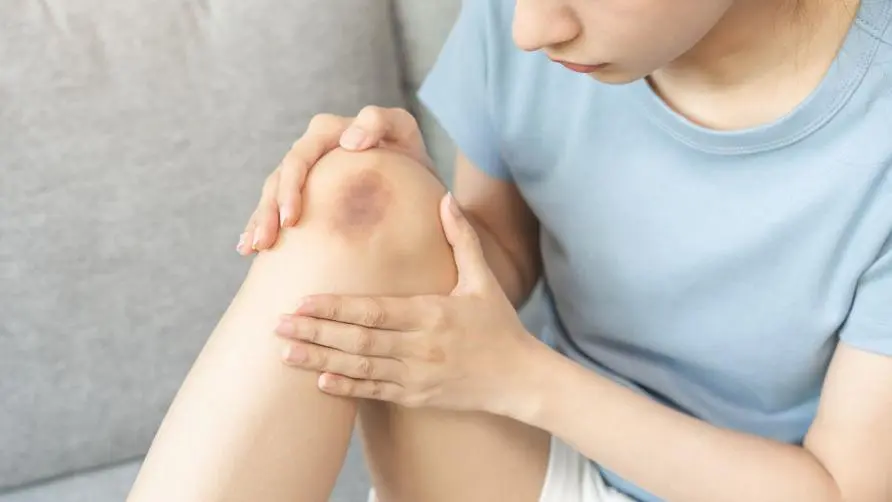Don't be a pain in the ass! Research confirms that exercise can increase "pain tolerance": related to the secretion of a substance in the brain

The benefits of exercise are well known, such as weight management, better mental health, and a stronger immune system, all of which have been proven positive in past research. A study now published in “PLOS ONE” indicates that people who actively participate in exercise have higher “pain tolerance” than those who sit for long periods of time. In addition, studies have also found that people who actively participate in sports have relatively fewer problems with chronic pain.
Research: Exercise can increase “pain tolerance”. Experts say it is related to the secretion of a substance in the brain
The study was initiated by the University Hospital of Northern Norway. The team analyzed health data from 10,732 Norwegian adults who reported to researchers their exercise capacity and pain tolerance, which was measured by immersing their hands in cold water. Evaluate. The research team asked the subjects to keep their hands open and relaxed, and immerse their hands and wrists in the water for as long as possible.
The results of the study showed that subjects’ pain tolerance was positively correlated with exercise capacity. Regardless of whether it was measured in the two periods of 2007-08 or 2015-16, compared with sedentary people, those with stronger exercise ability showed stronger pain tolerance. Even daily leisure activities were beneficial for increased pain tolerance, especially among subjects who increased their physical activity during follow-up.
Study author Dr. Anders Pedersen Arnes said that in fact, two previous small clinical studies have shown that changes in physical activity over time may be related to increased pain tolerance in humans. The first study reported that 24 healthy participants underwent a 6-week high-intensity cycling program, which resulted in a 20% increase in ischemic pain tolerance; the second meta-analysis of 15 articles found that in A certain amount of change in pain sensitivity thresholds occurs over time during exercise intervention in healthy individuals and patients with chronic pain.
As for why pain tolerance is related to increased exercise? Dr. Arnes speculates that exercise triggers the release of “endorphins” in the brain, which may play an important role in pain relief, because endorphins are natural analgesic chemicals. In addition, exercise improves cardiovascular health, increases blood flow, and reduces inflammation, all of which may help increase an individual’s pain tolerance.
Why is exercise associated with reduced pain tolerance? Physiotherapists reveal 6 key reasons
Increased pain tolerance is strongly related to the strengthening of various body parts and disease prevention. Dr. Nathan Kadlecek, a Ph.D. in physical therapy at Columbia University in the United States, pointed out that the following different benefits of physical exercise may be the reason for an increase in individual pain tolerance:
Improve cardiovascular health: Regular exercise can strengthen heart health, improve blood circulation, and reduce the risk of heart disease.
Weight Control: Physical activity helps control weight by burning calories, which helps prevent obesity, which is a risk factor for many health problems.
Enhances mental health: Exercise stimulates various chemicals in the brain, helping people feel happier, relaxed and less anxious. Additionally, exercise can improve sleep and cognitive function.
Strengthen bones and muscles: Weight-bearing and resistance exercise can strengthen bones and muscles and reduce the risk of osteoporosis and sarcopenia.
Increased lifespan: Regular physical activity has been linked to increased lifespan as it helps reduce the risk of chronic disease.
Strengthen the immune system: Regular exercise can strengthen the immune system and fight against infections and diseases.
However, Dr. Kadlecek also pointed out that the above method of measuring pain tolerance through cold water immersion may not be the most accurate. Therefore, more accurate experimental procedures are needed to clarify the relationship between pain tolerance and exercise volume. Generally speaking, exercise can indeed strengthen the body and help strengthen immunity to prevent diseases. However, when the pain condition cannot be resolved, it is still recommended to seek medical treatment as soon as possible.
Source:
Further reading:





